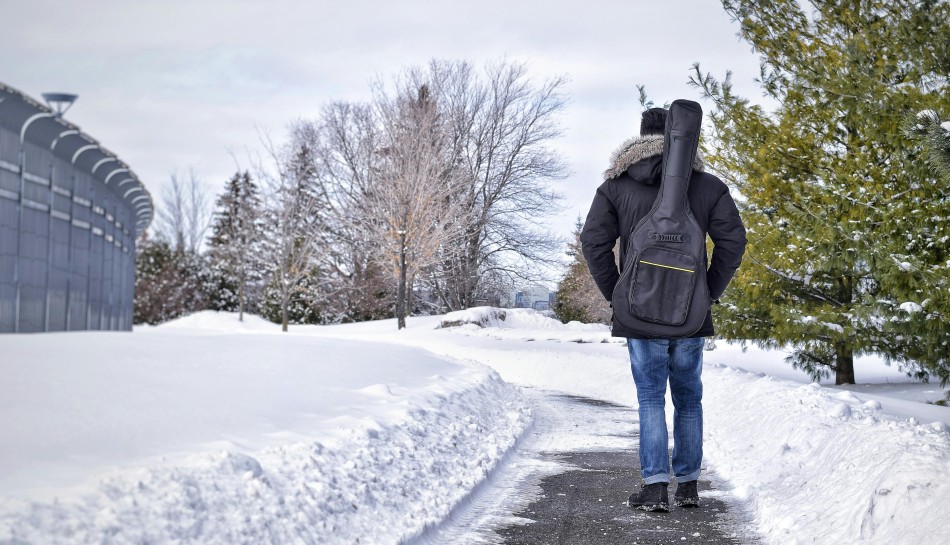Rentola, an online platform for tenants and landlords, recently published a report on Canada’s safest cities. According to the study eight of the top ten safest cities in Canada were in Ontario. The study also found that of the top 20 safest cities in Canada, 10 were in Ontario.
The report ranked Canadian cities in terms of the efficacy of law enforcement and the crime rate within a city, to give each a safety score. The study drew upon Statistics Canada data, and takes into account:
- Number of citizens per police officer;
- Violent crime index (focusing on serious crimes like homicides, assaults, robbery, etc.);
- Non-violent crime index (focusing on crimes like embezzlement, insider trading, fraud, etc.);
- Crime solving rate (calculated by taking solved cases as a percentage of total crimes reported); and
- Crime severity index (derived by studying the seriousness and frequency of crimes within a city);
The study subsequently looked to include all of these results into a single safety score. The system used a 1 to 10 grading scale, with 1 being the least safe, and 10 being the safest possible score.
Below are the ten safest cities in Canada, with corresponding safety score:
- Barrie, Ontario: 7.13;
- Brantford, Ontario: 7.00;
- Guelph, Ontario: 6.84;
- Toronto, Ontario: 6.63;
- Saint John, New Brunswick: 6.63;
- Bellelville, Ontario: 6.43;
- Windsor, Ontario: 6.42;
- St. Catharines-Niagra, Ontario: 6.40;
- Lethbridge, Alberta; 6.37
- Kitchener-Cambridge-Waterloo, Ontario: 6.29
Notable in the list is Toronto’s inclusion as the 4th safest city in Canada. Toronto is Canada’s largest city with a population (as of the last census) of 2.7 million people in the city itself, and a wider population of 6.2 million when considering the Greater Toronto Area (GTA)—as the Rentola study has done. Comparably populous Canadian cities of Montreal, Vancouver, and Calgary scored much lower on the list with smaller populations; providing a strong case (in the limits of this study) for the prevalent safety of Canada’s most populated city and municipal areas.
From a provincial standpoint, of the 34 cities that were included in this report, 14 were in Ontario, six were in Quebec, four were in British Columbia, and three were in Alberta. According to the website’s Crime Severity Index (CSI) findings, Ontario and Quebec held notably lower crime severity than other Canadian provinces—a surprising finding given that these are respectively the two most populated provinces in the country. Equally surprising was the report’s finding that the Northwest Territories had by far the most severe crime in the country.
Notably the report does take the time to mention that while many Canadian cities showcase a high safety score and low crime-rate, there is always some level of crime expected to occur, whether serious or non-serious. Despite this, Canadian cities continue to remain some of the safest in the world.
Can I use this information to decide where to live?
While the Rentola report does not claim to be an exhaustive study of all safety considerations, or even of all Canadian cities (with a lack of data cited for their exclusion), the report provides some valuable insight of crime and law enforcement in various cities that readers can use to gain an understanding of a city’s safety. In addition, Statistics Canada has also released data that can help newcomers be better informed on where they can move and still be connected to a big city.Readers can also look at reports that include other factors, like Gross Domestic Product, nightlife, weather, and more; correlating these studies can help make newcomers choose the optimal location to settle into their new life in Canada.
source: cicnews.com















